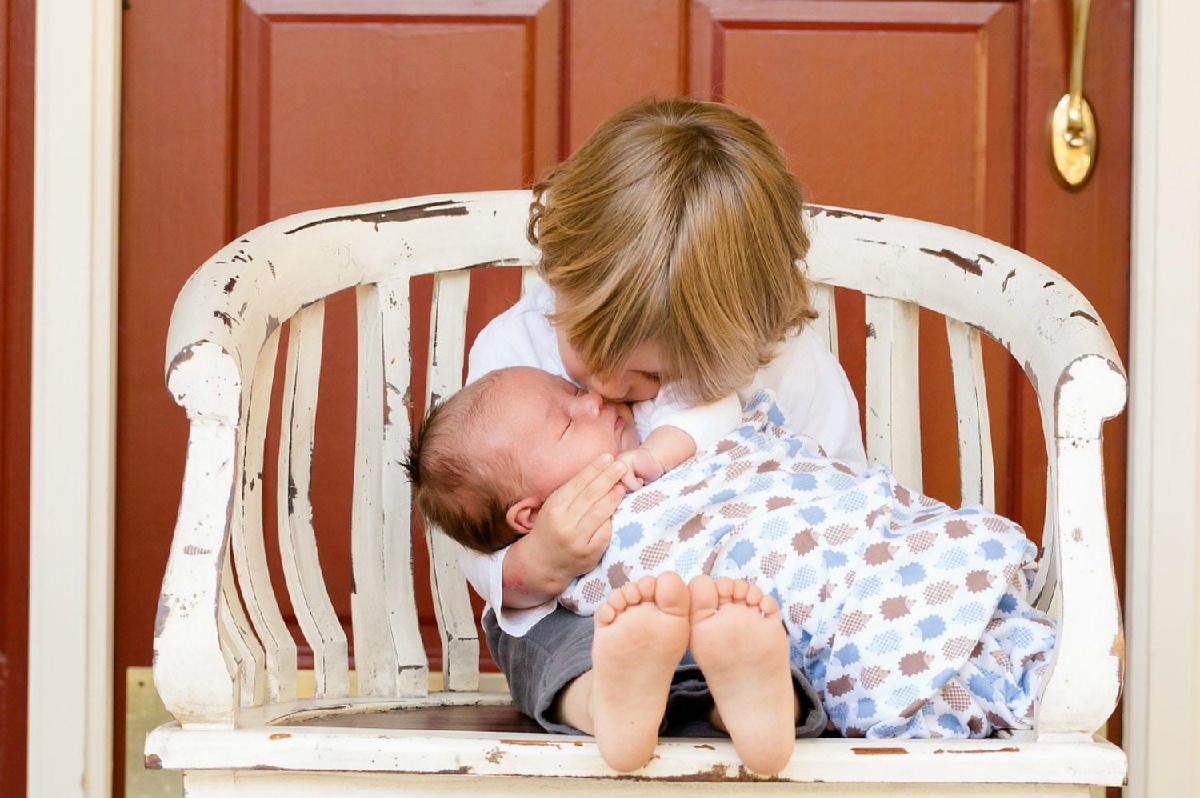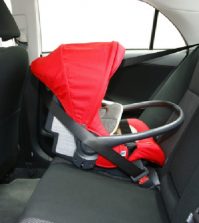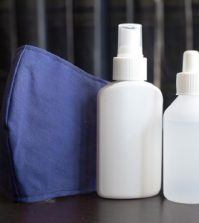- Study Says Most Parents Don’t Use Car Seats In Ride Share Vehicles Like Uber
- This 12-Year-Old Boy Is A Sophomore Aerospace Engineering Major!
- Fire Safety Experts Warn Of Hand Sanitizer Danger After A Mom and Kids Escape House Fire
- Recall Alert: Peaches May Be The Cause Of Salmonella Outbreak, 68 People Ill
- Summer Vacation In The Days Of COVID: Tips To Stay Safe
- How To Safely Grocery Shop During The Coronavirus Pandemic
- Michigan Teen With Vape-Related Illness Undergoes Double Lung Transplant
- Teen Kicks Off Anti-Vaping Campaign From Hospital Bed
- Teenager Receives Life Sentence For Strangling Sister To Death Over A Wi-Fi Password
- Toddler Falls To Death From 11th Deck of Cruise Ship
Babies Are at Increased Risk for SIDS If They Sleep Here


A new study has revealed the most dangerous place in the home for an infant to sleep, and it may come as a surprise to many parents.
According to a study from the journal Pediatrics, sofas put babies at the highest risk for sudden infant death syndrome (SIDS,) which is the leading cause of death in babies between the ages of 1 month and 1 year of age. This study looked at more than 9,000 sleep-related deaths in infants between 2004 and 2012.
It revealed that almost 13 percent (1,024) of these deaths happened on a sofa, with most in babies under age 3 months.
Even resorting to sofas for nap time is a big no-no, according to researchers.
So what’s so hazardous about an infant sleeping on a couch, anyway? The study highlights multiple risk factors for the infants who died, including:
- Babies were more likely to be sleep with another person on the couch.
- Babies were more likely to be placed face-down or on their side.
- Babies were more likely to be found in a new sleep location.
In addition to the no-sleeping-on-sofas guideline, the American Academy of Pediatrics (AAP) offers the following safe sleep tips in order to reduce the risk for SIDS:
- Babies should always be put to sleep on their backs. This includes naps and at nighttime until their first birthday.
- Use a firm sleep surface. This could include a crib, bassinet, play yard or portable crib that meets the safety standards of the U.S. Consumer Product Safety Commission (CPSC.)
- Nothing else should be in your baby’s sleep environment except for the baby. A tight-fitting, firm mattress, along with a fitted sheet, should be the only items in a baby’s sleeping environment — no pillows, loose bedding, blankets, bumpers, stuffed animals or toys.
- Room share. A recent update to the AAP’s safe sleep guidelines states that a baby’s sleep area should be in a room where parents sleep for the first 6 months and ideally for the first year.
- Only bring your baby into your bed to feed or comfort.
- Bed-sharing is not recommended for any babies.
- Try offering your baby a pacifier before she falls asleep.
Other guidelines for reducing the risks of SIDS include: Breastfeeding, making sure your baby is following the recommended vaccination schedule and keeping your baby away from secondhand smoke.
For more details about preventing SIDS, read this safe sleep resource page from the AAP.








0 comments